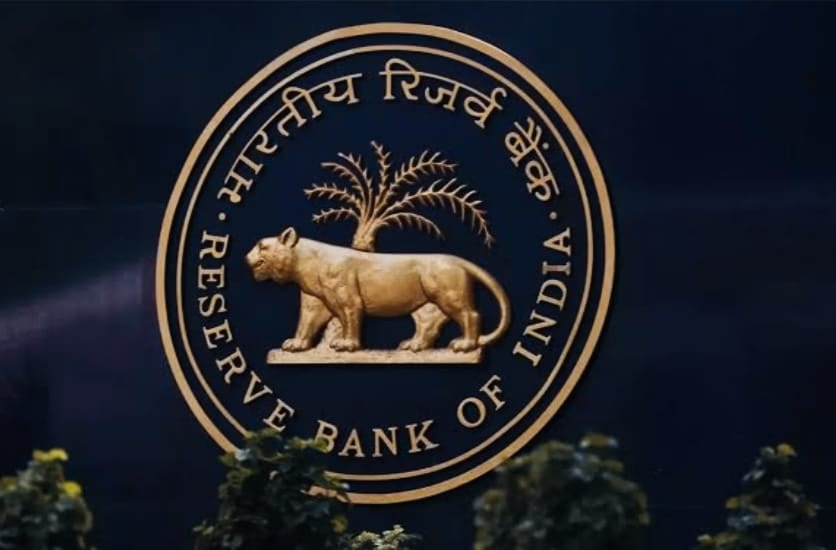The Purchasing Managers’ Index (PMI) is a key economic indicator that reflects the business activity in the manufacturing and service sectors . It is based on surveys from purchasing managers and provides insights into production levels, new orders, employment, supplier performance, and inventory levels .
Key Aspects of PMI:
- Definition: The PMI is a monthly economic indicator derived from surveys of product managers responsible for procuring materials for manufacturing .
- Purpose: It is used to gauge economic performance, business conditions, and market trends, helping to determine whether market conditions are expanding, contracting, or staying the same .
- Types: There are two main types of PMI: Manufacturing PMI and Services PMI .
- Calculation: The PMI is based on five individual indexes: new orders, inventory levels, production, supplier deliveries, and the employment environment . A reading above 50 indicates expansion, while a reading below 50 suggests contraction .
- RBI’s Use of PMI: The Reserve Bank of India (RBI) monitors the PMI to assess the state of the economy and make informed monetary policy decisions . The PMI helps the RBI understand trends in industrial activity, inflation, and overall economic momentum .
- PMI Trends in 2025:
- April 2025: India’s manufacturing PMI hit a 10-month high of 58.2, driven by new orders and international demand .
- March 2025: The Services PMI eased to 58.5, indicating strong overall growth despite some moderation in hiring and export demand .
- January 2025: The manufacturing PMI rose to 57.7, reflecting robust expansion .
- RBI’s Assessment: The RBI uses the PMI data to assess the momentum of economic activity and to project GDP growth. For instance, high-frequency indicators, including the PMI, suggested a pick-up in economic activity during the second half of 2024-25, which was expected to continue into 2025-26 .
- Impact on Policy: The PMI influences RBI’s decisions on interest rates and monetary policy. For example, in April 2025, the RBI cut the repo rate to 6% and signaled further easing, taking into account factors such as the PMI and inflation .
- Inflation Projections: The RBI also considers input prices reported in the PMI surveys to project inflation. For example, input prices for manufacturing firms increased in March 2025, influencing the RBI’s inflation forecasts .
Summary:
The Purchasing Managers’ Index (PMI) is a crucial tool for the RBI to monitor economic activity, assess business conditions, and make informed monetary policy decisions. The RBI uses PMI data to understand trends in manufacturing and services, project GDP growth, and manage inflation .For more economy news click www.eminentnews,com








